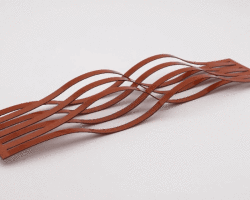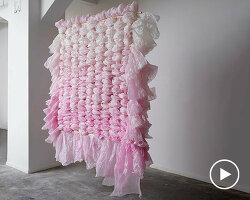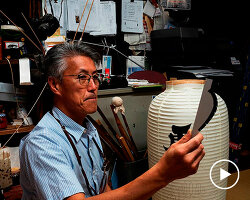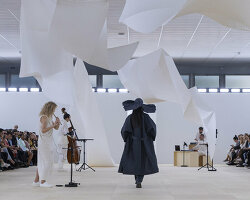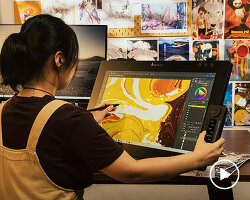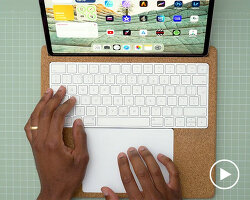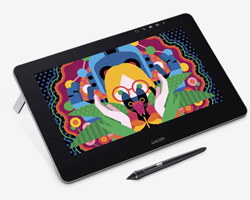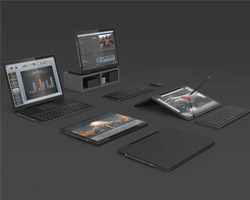KEEP UP WITH OUR DAILY AND WEEKLY NEWSLETTERS
happening now! at milan design week 2024, samsung creates a world where the boundaries between the physical and digital realms blur.
PRODUCT LIBRARY
BMW releases the upgraded vision neue klasse X, with a series of new technologies and materials especially tailored for the upcoming electric smart car.
following the unveiling at frieze LA 2024, designboom took a closer look at how the color-changing BMW i5 flow NOSTOKANA was created.
connections: +630
each unit draws inspiration from emergence, featuring a hexahedron-based structure that facilitates integration into larger systems.
connections: 96
brian eno revives his color-changing neon turntable for the second time, on display too at paul stolper gallery in london until march 9th, 2024.
connections: +380
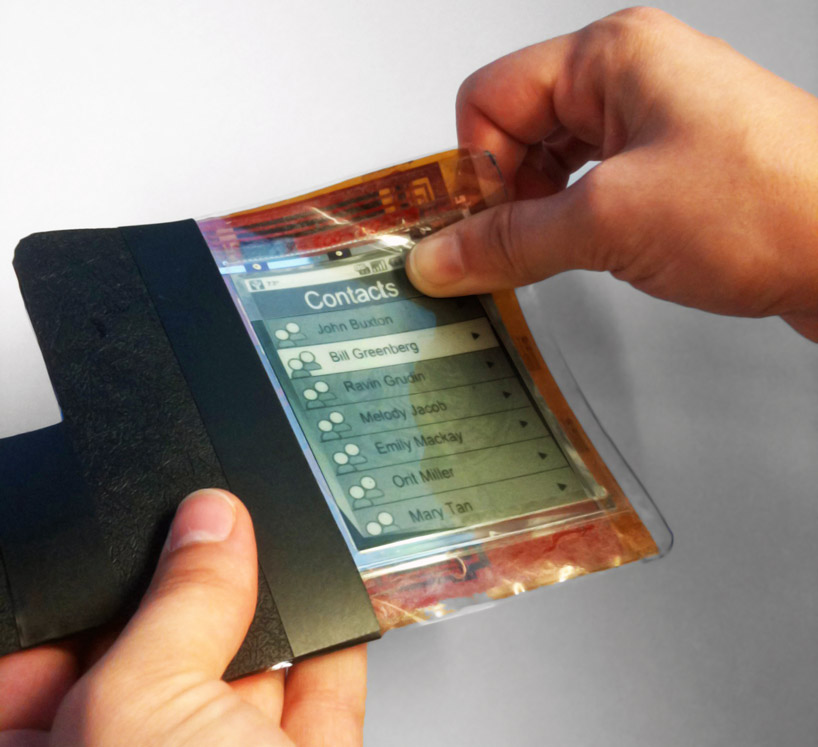
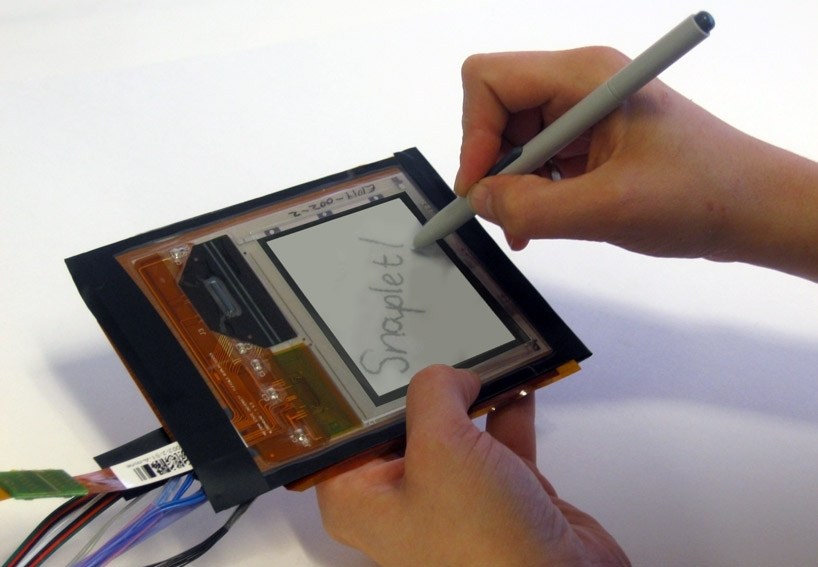 ‘snaplet’, a wearable touchscreen computer uses the same thin-film technology and integrates pen tablet functionality
‘snaplet’, a wearable touchscreen computer uses the same thin-film technology and integrates pen tablet functionality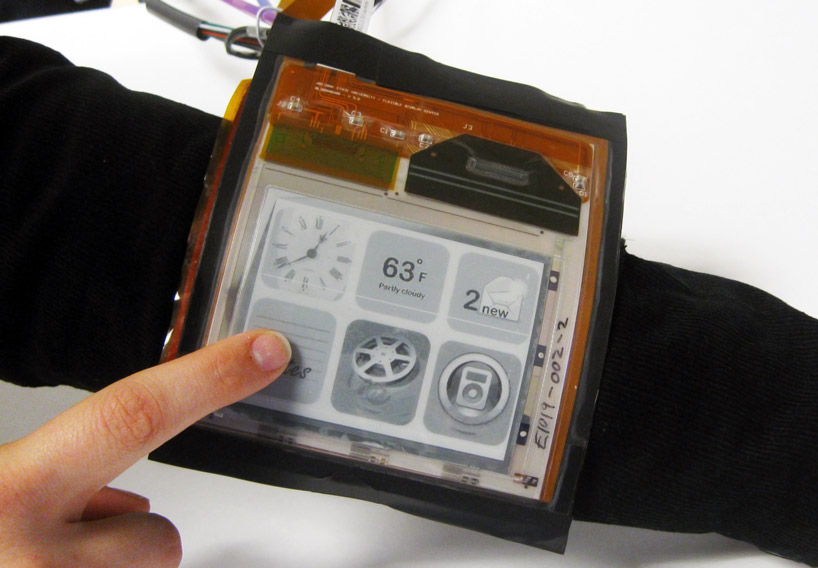 ‘snaplet’ is controlled both by bending, when removed from the wristband, or touch controls when mounted, as shown
‘snaplet’ is controlled both by bending, when removed from the wristband, or touch controls when mounted, as shown
